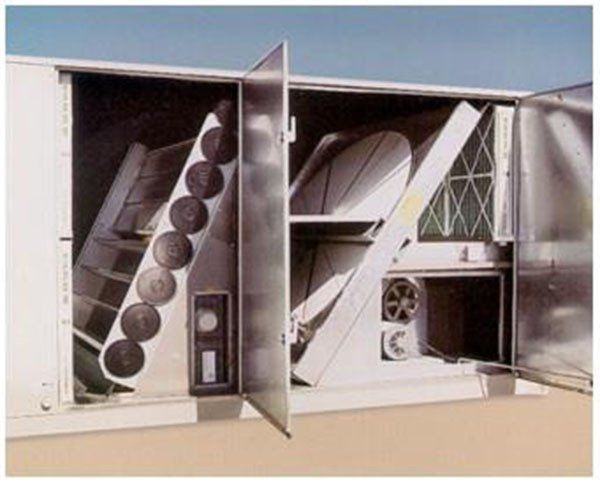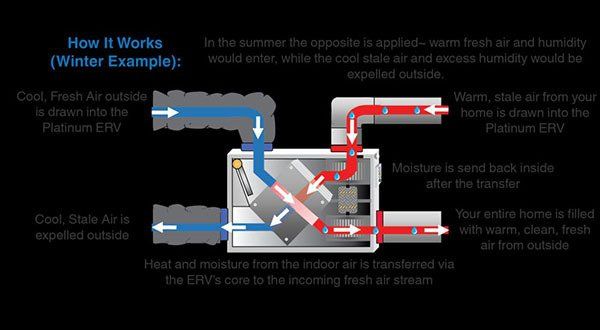Family Owned and Operated for Over 50 Years!
Family Owned and Operated for Over 50 Years!
Family Owned and Operated for Over 50 Years!
Family Owned and Operated for Over 50 Years!
Serving Western Massachusetts, and Southern Vermont and New Hampshire
Business Plumbing LIC #4336
Master Plumbing LIC #15511
Master Pipefitter LIC #MP-011657
Business Sheet Metal LIC #847
Serving Western Massachusetts, and Southern Vermont and New Hampshire
Business Plumbing LIC #4336
Master Plumbing LIC #15511
Master Pipefitter LIC #MP-011657
Business Sheet Metal LIC #847
Indoor Air Quality
Indoor Air Quality Services
All Work Guaranteed | Since 1965
All Work Guaranteed
Since 1965
What’s more important to health than the air we breathe? Good indoor air quality is a prerequisite for the well-being of workers. All types of businesses must ensure adequate industrial ventilation to provide a clean and safe workplace.
Whether your building is a school or a company operating out of an office building or an industrial plant, it requires healthy airflow.
Schools and business facilities, particularly older, less energy-efficient buildings require maintenance and great attention to the fresh air ventilation. They are faced with an enormous variety of equipment ranging from outdated HVAC systems with literally no provision for fresh air exchange to state-of-the-art equipment that automatically maintains a balance between energy efficiency and air quality. It is not a simple task to balance best practices for energy efficiency with indoor air quality standards. Jamrog HVAC technicians are well trained on the mechanical equipment and the controls that regulate fresh air, particularly inside the classrooms, but also the IAQ standards that are required to maintain a balance between thermal comfort, energy efficiency, and indoor air quality. With clean air flowing in your facility, your employees will be healthier and more productive.

When it comes to air exchangers, there are two popular options. An HRV (Heat Recovery Ventilator) and an ERV (Energy Recovery Ventilator). Both options are similar in operation but differ in terms of how they handle humidity. ERV units are ideal for new England summers and winters. While providing fresh, clean air — they are able to extract humidity in the summer and bring it in during the dry winters. This is the main ERV benefit and why Jamrog HVAC recommends this type of air handler for our climate.

How Recovery Ventilators Work
HRV and ERVs remove stale and polluted air from your home/building and replace it, via ductwork, with fresh outside air. Filters catch allergens before they enter the home and also incorporate a heat recovery component. For example, in the winter, when warm air leaves your home, some of its heat is transferred to the cool, incoming air — increasing efficiency and helping to decrease monthly energy bills.
Added ERV Benefits
The main difference between HRVs and ERVs is how they handle humidity. An ERV redirects humidity to increase building comfort. In the winter, instead of expelling the humidity when the air is replaced, an ERV transfers the humidity from the outgoing air to the incoming air. In the summer, an ERV can help the air conditioner’s dehumidification process by transferring the humidity of incoming air to the outgoing air. Because of this added ERV benefit, this system is more suitable for our climate.

Jamrog HVAC can perform an air exchange evaluation of your building and provide a detailed report on your ventilation system. We will provide you with the information needed to improve your building's Indoor Air Quality.
Call us for a free estimate on your indoor air quality needs!
(413) 548-9024
(413) 548-9024
OUR ADDRESS
,
This is a placeholder for the Yext Knolwedge Tags. This message will not appear on the live site, but only within the editor. The Yext Knowledge Tags are successfully installed and will be added to the website.
HOURS
This is a placeholder for the Yext Knolwedge Tags. This message will not appear on the live site, but only within the editor. The Yext Knowledge Tags are successfully installed and will be added to the website.
Monday
Tuesday
Wednesday
Thursday
Friday
Saturday
Sunday
This is a placeholder for the Yext Knolwedge Tags. This message will not appear on the live site, but only within the editor. The Yext Knowledge Tags are successfully installed and will be added to the website.
HOURS
This is a placeholder for the Yext Knolwedge Tags. This message will not appear on the live site, but only within the editor. The Yext Knowledge Tags are successfully installed and will be added to the website.
Monday
Tuesday
Wednesday
Thursday
Friday
Saturday
Sunday
This is a placeholder for the Yext Knolwedge Tags. This message will not appear on the live site, but only within the editor. The Yext Knowledge Tags are successfully installed and will be added to the website.
CONTACT US
This is a placeholder for the Yext Knolwedge Tags. This message will not appear on the live site, but only within the editor. The Yext Knowledge Tags are successfully installed and will be added to the website.
This is a placeholder for the Yext Knolwedge Tags. This message will not appear on the live site, but only within the editor. The Yext Knowledge Tags are successfully installed and will be added to the website.
Hi. Do you need any help?
Privacy Policy
| Do Not Share My Information
| Conditions of Use
| Notice and Take Down Policy
| Website Accessibility Policy
© 2025
The content on this website is owned by us and our licensors. Do not copy any content (including images) without our consent.

Share On: